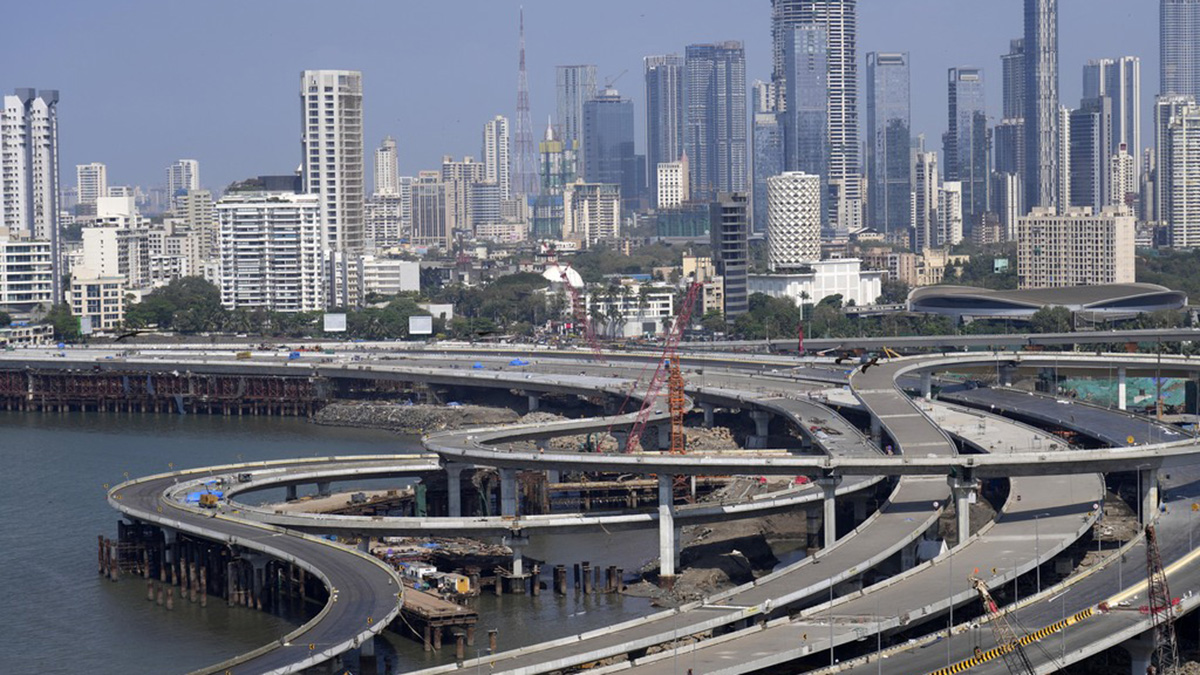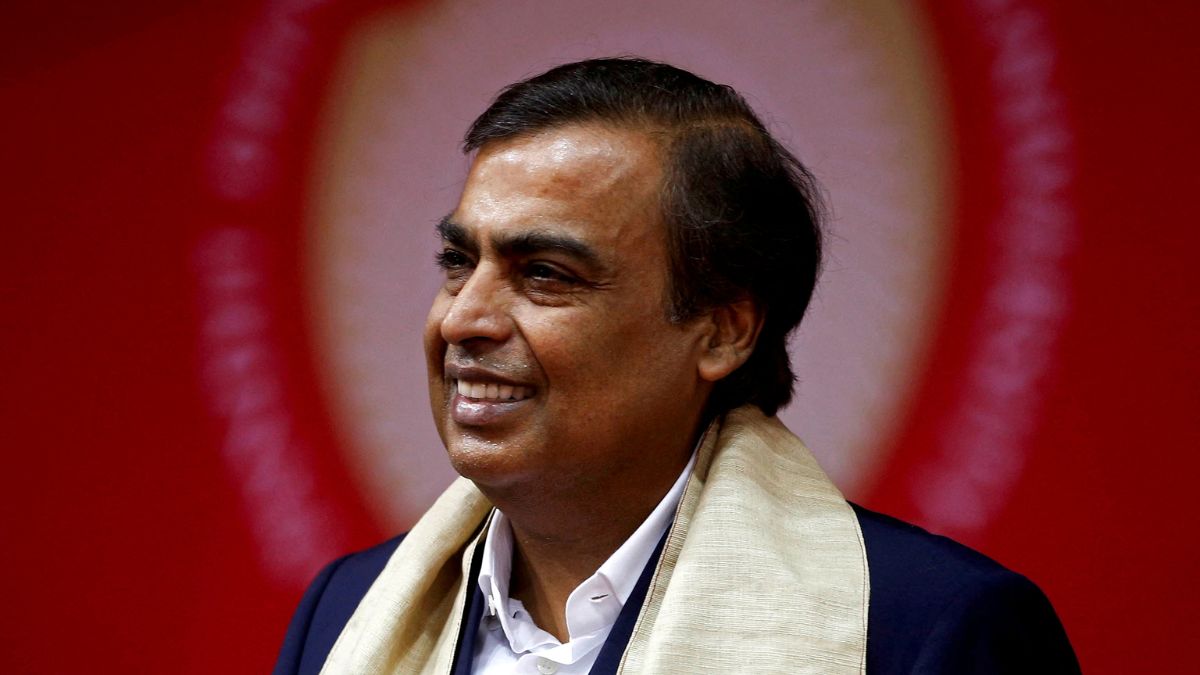The capital expenditure by Union and state governments remains key despite the rise of new financial instruments in infrastructure financing read more
)
Government spending is boosting India's infrastructure. AP
Despite various financial innovations in infrastructure financing in recent years, the capital expenditure by the Union and state governments remains pivotal in funding large-scale infrastructure projects, said the Economic Survey 2023-24 on Monday. This is due to the emergence of new funding instruments and strategies which have made the infrastructure financing landscape more complex. The differential definitions and patterns followed by different agencies in maintaining statistics further complicate the aggregation of total funds flow for infrastructure creation in any given year.
Capital expenditure trends
Budgetary capital expenditure while not entirely equivalent to infrastructure spending has seen a significant increase due to the government’s infrastructure thrust. The capital expenditure of the Union government increased by 2.2 times from FY21 to FY24 (provisional actuals) while state governments saw 2.1 times increase during the same period.
Components of Union government capital expenditure
The Union government’s capital expenditure broadly includes two components:
Spending by line departments
Gross Budgetary Support (GBS) to Central Public Sector Enterprises (CPSEs)
The share of GBS allocated to key connectivity segments such as railways and the National Highway Authority of India (NHAI) rose from 36.4 per cent in FY21 to 42.9 per cent in FY24 (revised estimates). These components’ absolute values increased by 2.6 times from FY21 to FY24 (RE).
CPSEs and infrastructure investment
The aggregate investible resources of CPSEs consist of the GBS and the resources raised independently by CPSEs. To optimise the combined borrowing costs of the Union Government and CPSEs, higher-cost borrowings of major infrastructure CPSEs such as NHAI and the Indian Railway Finance Corporation (IRFC) were progressively reduced from FY21 to FY24. This reduction in own resources was offset by an expansionary GBS, allowing significant investment in roads and railways during this period.
State governments’ capital expenditure
The Union Government’s support for the capital expenditure of state governments and institutions increased by 31.6 per cent between FY21 and FY24. However, further analysis is constrained due to the lack of consolidated data on GBS by State Governments to State Public Sector Enterprises (SPSEs) and the resources mobilised by SPSEs themselves.
Non-government sources of infrastructure funding
Recent infrastructure initiatives in India, particularly connectivity projects, have largely relied on public expenditure. Between March 2023 and March 2024, the net flow of funds to infrastructure sectors through bank credit was approximately Rs79,000 crore, significantly less than the GBS allocated by the Union government to either railways or roads. Moreover, the net flow of bank credit from March 2020 to March 2024 was concentrated in a few sectors such as roads, airports and power. Nonetheless, credit growth to infrastructure sectors in FY24 recovered to 6.5 per cent up from 2.3 per cent in FY23.
External commercial borrowings
The gross inflow of external commercial borrowings (ECBs) to infrastructure sectors picked up significantly to $9.05 billion in FY24 compared to an average of $5.91 billion during FY20 to FY23.
The comprehensive analysis of infrastructure financing and capital expenditure in India reveals a strong reliance on government funding despite the introduction of new financial instruments and strategies. The significant increase in capital expenditure by both the Union and state governments highlights the government’s commitment to enhancing infrastructure, particularly in key connectivity segments. However, the complexity of the financing landscape and the lack of consolidated data pose challenges in accurately assessing the total flow of funds for infrastructure development.

 1 month ago
10
1 month ago
10
)
)
)
)
)
)
)
)
)
)
)
)
)
)
)
)
)
)
)
)
)
)
)
 English (US) ·
English (US) ·